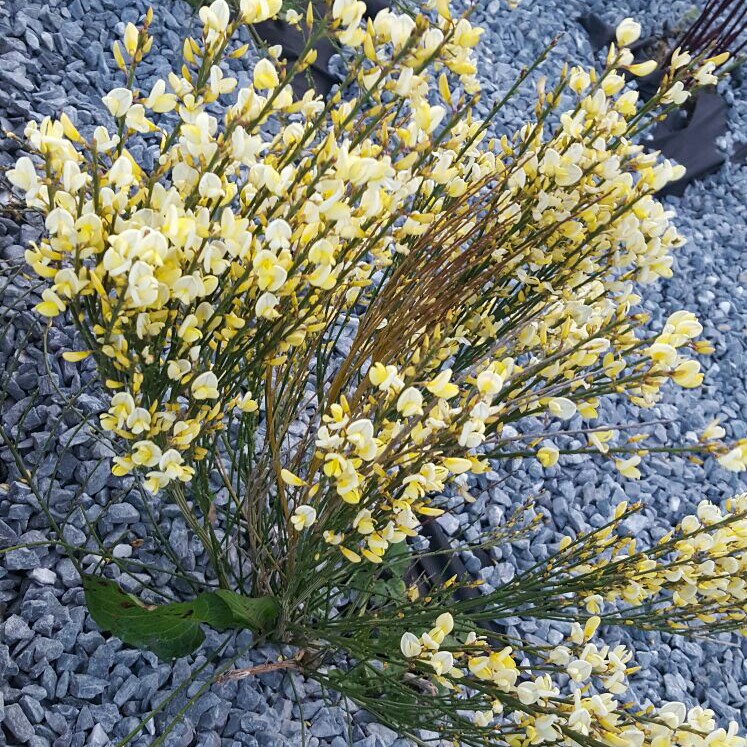
Cytisus x praecox 'Warminster'
Warminster Broom 'Warminster'
Broom can be evergreen or deciduous, and can grow upright or prostrate. Broom is usually grown for its pea-like flowers that are often fragrant. There are dwarf, small and medium-sized shrubs. The foliage is somewhat feathery. 'Warminster' is a deciduous shrub with cremy yellow flowers in Spring and early Summer
Contributed by @ErinMc
-
Full sun
-
Occasional watering
-
Full Frost Hardy: 5F (-15°C)
-
Free draining and fertile
Common name
Warminster Broom 'Warminster'
Latin name
Cytisus x praecox 'Warminster'
type
Flowering Shrub
family
Fabaceae
ph
5.5 - 7.5 Acid - Neutral
Plant & bloom calendar
-
Best time to plant
-
When the plant will bloom
full grown dimensions
 1.50 M
1.50 M
1.50 M
1.50 M
Cytisus x praecox 'Warminster'
Broom can be evergreen or deciduous, and can grow upright or prostrate. Broom is usually grown for its pea-like flowers that are often fragrant. There are dwarf, small and medium-sized shrubs. The foliage is somewhat feathery. 'Warminster' is a deciduous shrub with cremy yellow flowers in Spring and early Summer
Flowering
From Late Spring TO Early Summer
Broom flowers from late Spring to early Summer
Planting in Spring
From Early Spring TO Mid Spring
Plant broom in Spring in a sunny site, and in poor, sandy soil.
Planting in Autumn
From Early Autumn TO Mid Autumn
Plant broom in Autumn in a sunny site in poor, sandy soil
Propagate by semi-ripe cuttings
From Late Summer TO Early Autumn
Propagate by taking semi- softwood cuttings in late Summer.Take semi- ripe cuttings from this season's growth in Autumn. Cut neatly, just below a leaf node, a 5" approx. piece of a healthy shoot that has soft growth at the tip. pinch out the growing tip, and cut off the bottom leaves. Dip the bottom of the cutting in hormone rooting powder, and carefully place in a pot of cutting compost with the leaves just above the level of the compost. Water, label, cover with a polythene bag, and place in a warm, bright place, out of direct sunlight. Take the polythene bag off periodically for a while for ventilation (at least twice a week)













